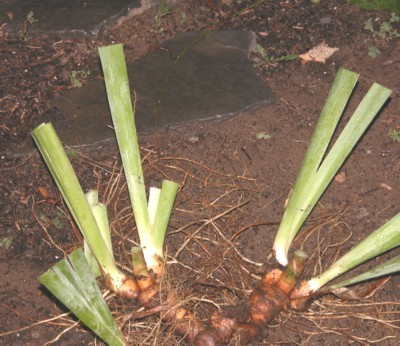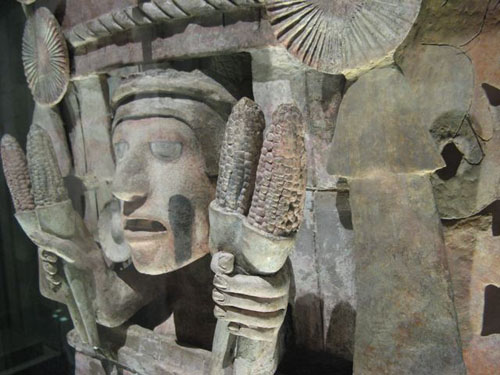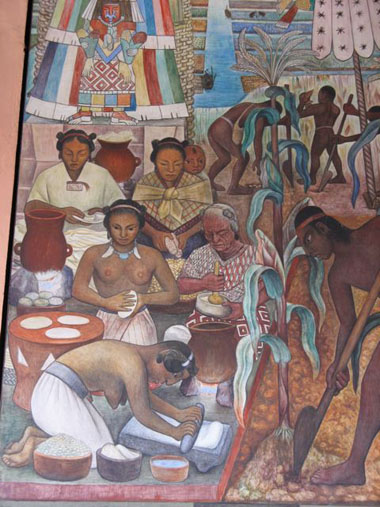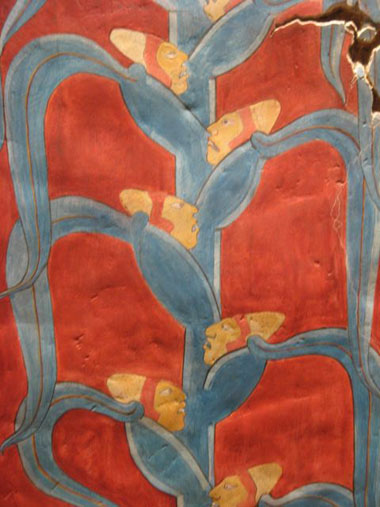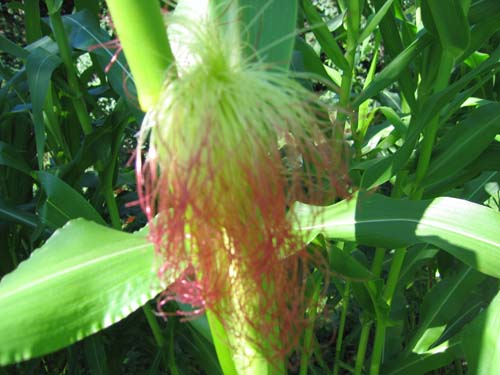Lughnasa Full Harvest Moon
Hay wagons filled with laughing teenagers. Plants beginning to go brown in the garden. Root cellars and pantries filling up from a growing season almost over. Thoughts of how to handle snow removal begin to occur. The first few leaves begin to turn, russet and gold tips on some maple trees. Evening cool downs and chilly nights.
All under a harvest moon. The harvest moon is the full moon closest to the autumnal  equinox, sometimes landing in September (usually), but occasionally in October. Those who have any rural roots at all here in the Midwest know the scenes of hay baling, corn pickers mowing down corn stalks with their military grade blades, golden streams of corn flowing into the grain truck following nearby.
equinox, sometimes landing in September (usually), but occasionally in October. Those who have any rural roots at all here in the Midwest know the scenes of hay baling, corn pickers mowing down corn stalks with their military grade blades, golden streams of corn flowing into the grain truck following nearby.
Bulky combines in the wheat, moving castles of iron and computers guided by the cyber harvesters mounted in air conditioned cabs far above the fields.
Farm implements move now from field to field, 20 mph obstacles on the back roads and highways, one set of tires, the right side, often on the shoulder, as these field creatures crawl along pavement, out stripped by cars and trucks whizzing by, creatures of the highway.
All hale the gods and goddesses of the harvest, of reaping, of bounty. This is the American advantage. We have food, acre after acre of food.
Yes, this September issue of Scientific American praises cities as efficient, creative, green. Cities are the future hope. Even the present hope.
But let me tell you this. No farms. No cities. Rural counties may be depopulating, and they are, but the need for the products of the country only increases as the greener, efficient, creative cities thrive. It will always be so on this earth.
So this harvest season maybe we should all put a temporary bumper sticker on our car: Hug a farmer.

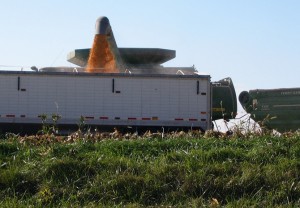 not yet over and will go on until the ground threatens to become hard.
not yet over and will go on until the ground threatens to become hard.